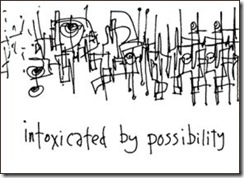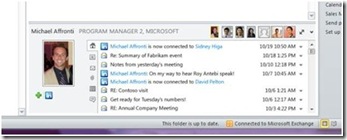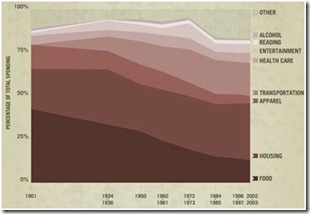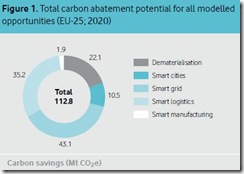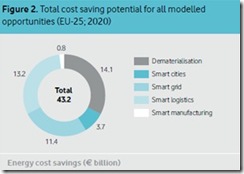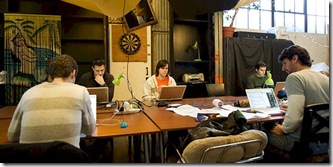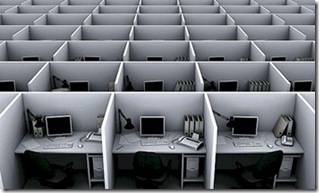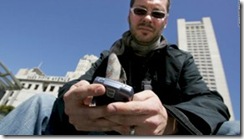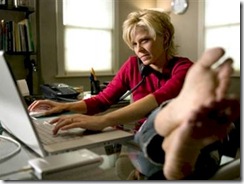Dynamic Work asserts that how one brings together different people and roles as well as physical assets can be very flexible. But can the actual work content of an individual person be flexible? Or does their role or contribution have to be a constant unit which can then be brought into the mix of the total output in a range of flexible ways?
Katie Ledger talks about ‘Portfolio Working’ and Hugh MacLeod talks about ‘crofting’ which are both examples of how individuals can make their own careers and work content more modular and flexible…
“My paternal grandfather was a Scottish Highland “crofter”. He lived on a “croft” i.e. a very small holding of land, where he raised sheep and grew potatoes. I used to spend my summers there as a boy. We were very close. Crofting is a good life, but not a very financially rewarding one. It’s very self-sufficient, though. The interesting thing for me looking back, is that crofters never did “just one thing”. Every day they had something else going on. One day it might be sheep. The next it might be a job working on the roads for the local council. I knew one crofter who drove the mail van. Another who ran the local post office. They would do their jobs, but after work they’d still have their sheep, cows and potatoes to attend to.”
